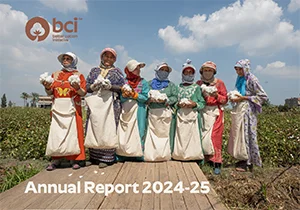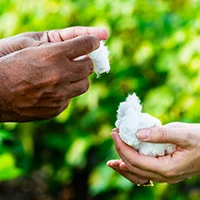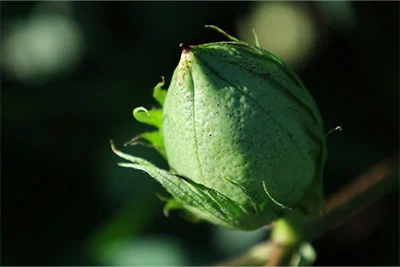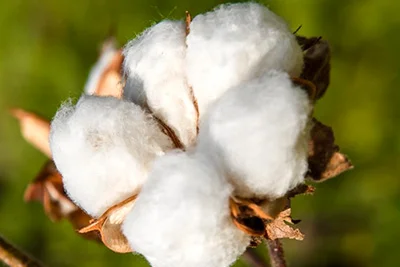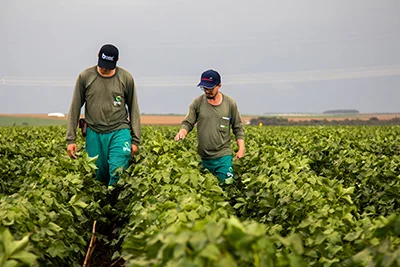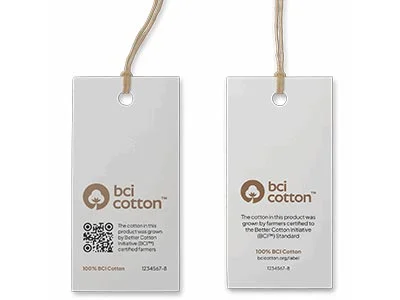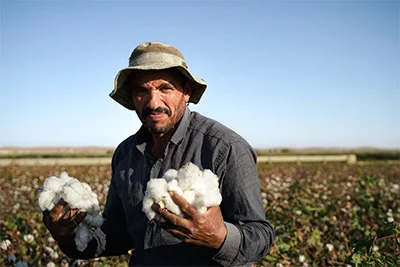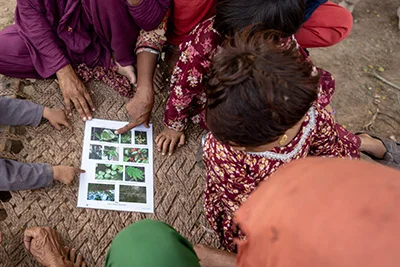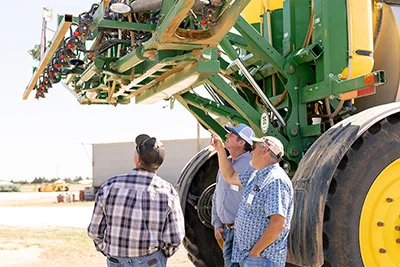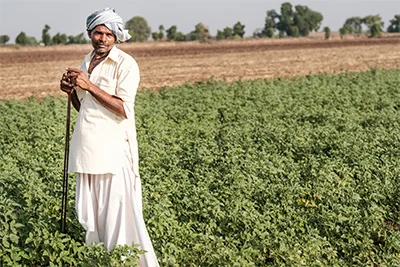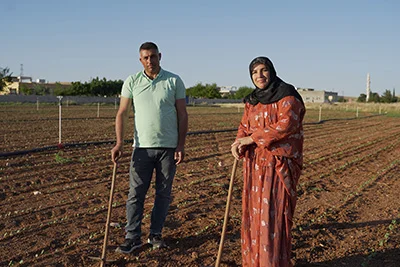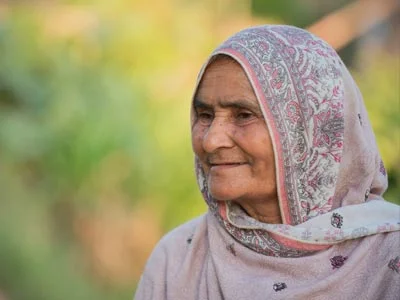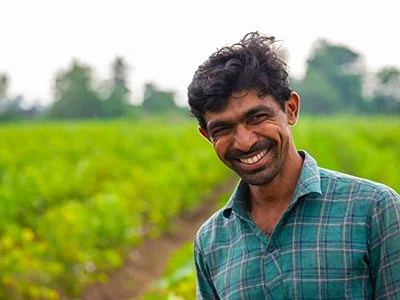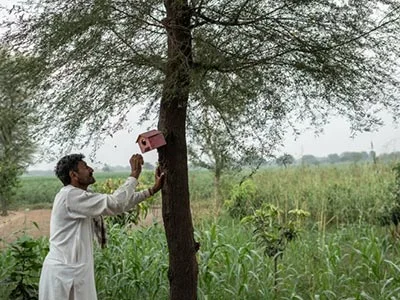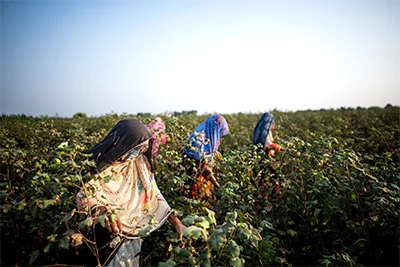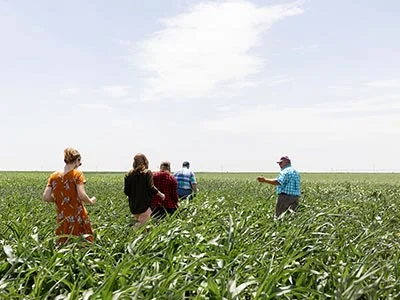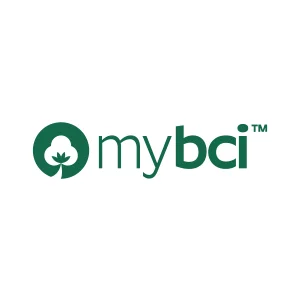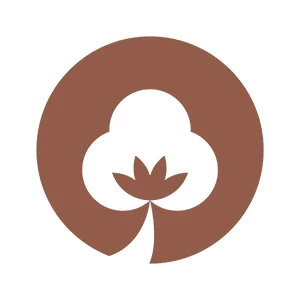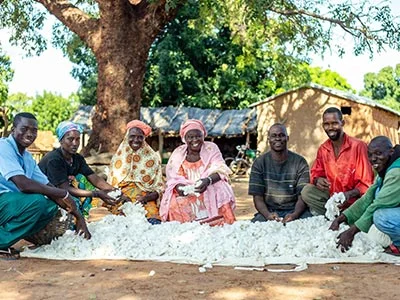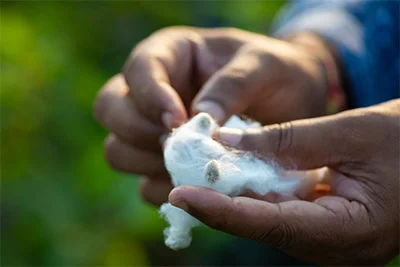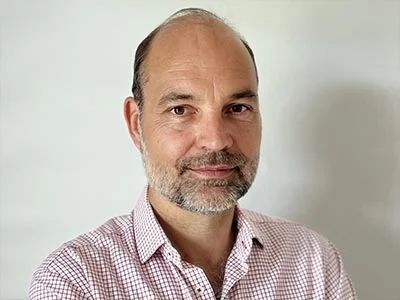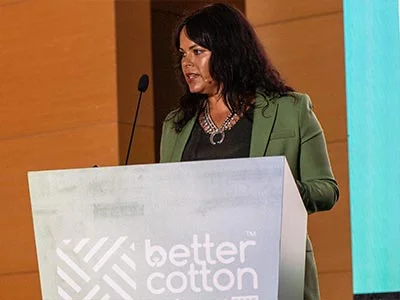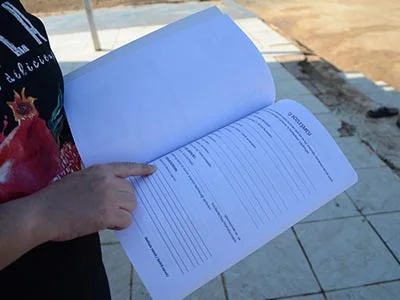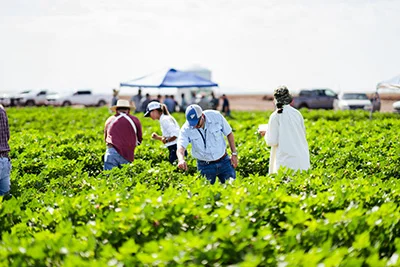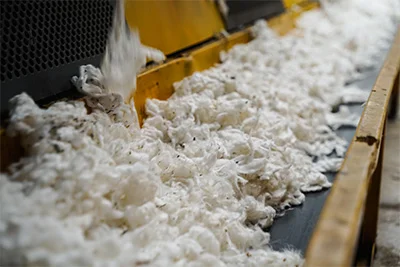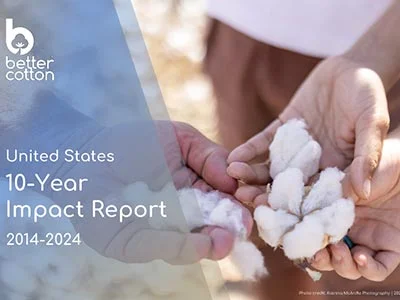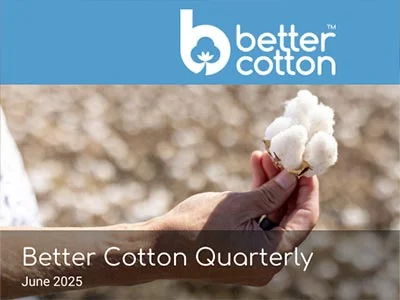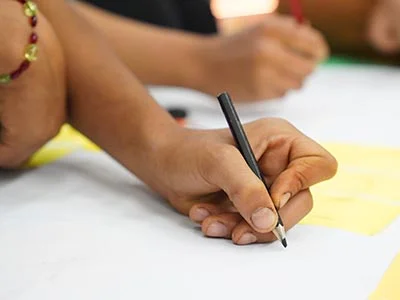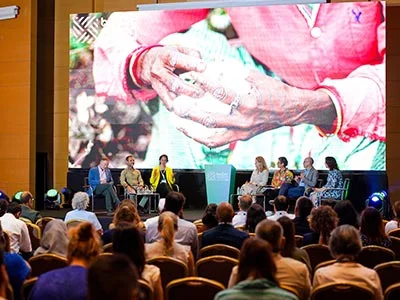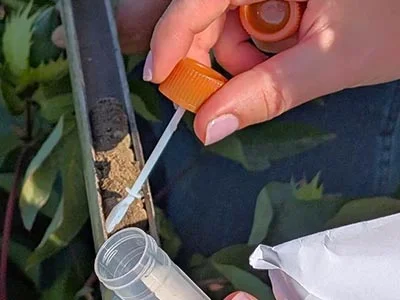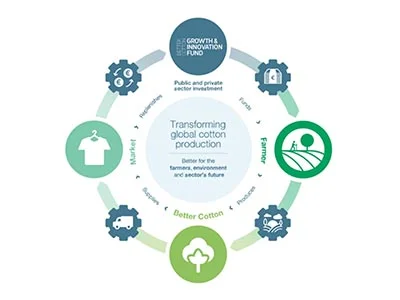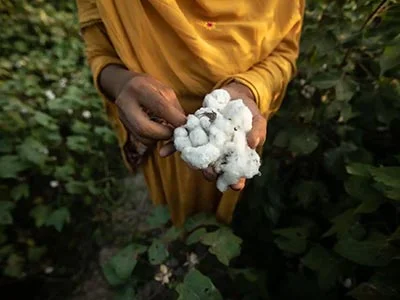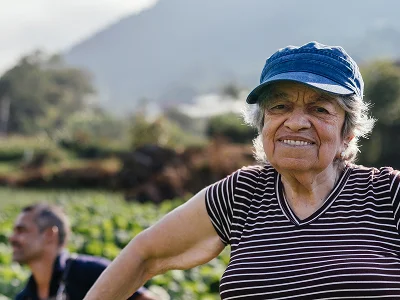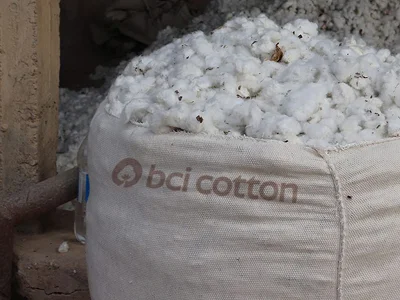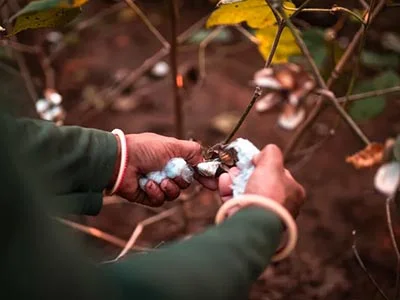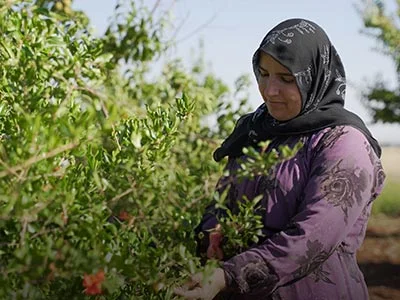In the 2018-19 cotton season*, the Better Cotton Initiative (BCI) and our on-the-ground partners provided training on more sustainable farming practices to more than 2.3 million cotton farmers in 23 countries.
With BCI training, supportand capacity building, BCI Farmers are better equippedtotackle pertinent issues in cotton production – such as water use,pest management and gender equality –and producecotton in a way that is measurably better for themselves, the environment and farming communities.
Each cotton season, BCI andpartners collect data from BCI Farmers to monitor and assess a range of social, environmental and economic indicators. BCI provides an analysis of this data through our annual Farmer Results report, and we’re pleased to now release the 2018-19 edition.
Highlights
Here are some key highlights from six countries where the Better Cotton Standard System was implemented in the 2018-19 season –China, India, Mali, Pakistan, Tajikistan and Turkey.
Environmental
- BCI Farmers in Pakistan used 15% less synthetic fertiliser.
- BCI Farmers in Mali used 31% fewer pesticides.
- BCI Farmers in Tajikistan applied biopesticides 8% more often.
- BCI Farmers in China used 10% less water.
Economic
- BCI Farmers in India achieved 11% higher yields.
- BCI Farmers in Pakistan achieved 38% higher profits.
Social
- In Turkey, 73% of BCI Farmers had advanced awareness of child labour issues.
- In Mali, 39% of BCI Farmers and farm workers trained on more sustainable farming practices were women.
All BCI Farmer results are relative to the results achieved by Comparison Farmers (non-BCI farmers in the same geographic area who are not participating in the BCI programme). e.g. BCI Farmers in Pakistan used 15% less synthetic fertiliser than Comparison Farmers.
Access the 2018-19 Farmer Results Report to see how BCI Farmers are benefitting from implementing the Better Cotton Standard and driving measurable improvements in cotton production.
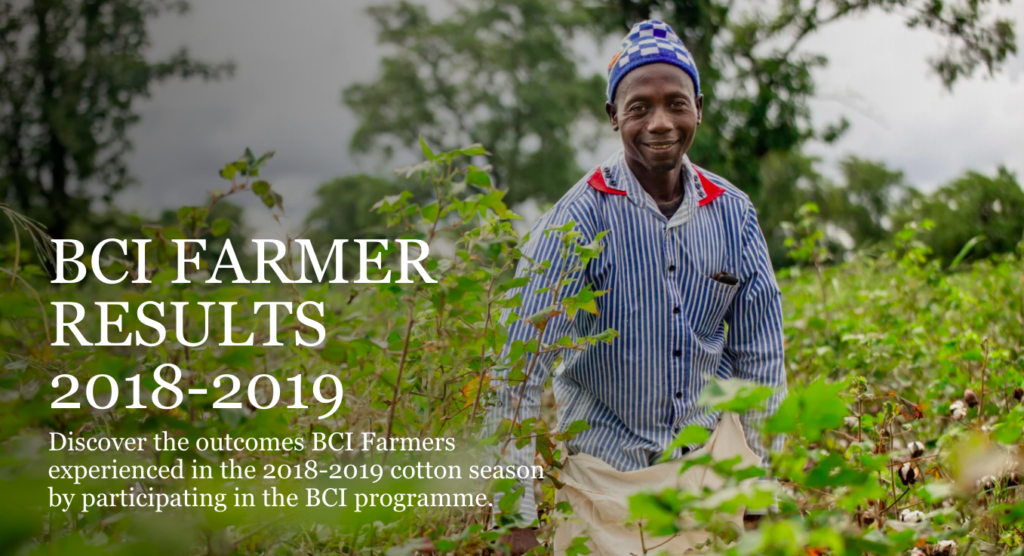

*Cotton is sown and harvested in different annual cycles all over the world. For BCI, the 2018-19 cotton season harvest was completed towards the end of 2019. BCI Farmer results and indicator data must be submitted to BCI within 12 weeks of the cotton harvest. All data then goes through a rigorous data cleaning and validation process before it can be published.

